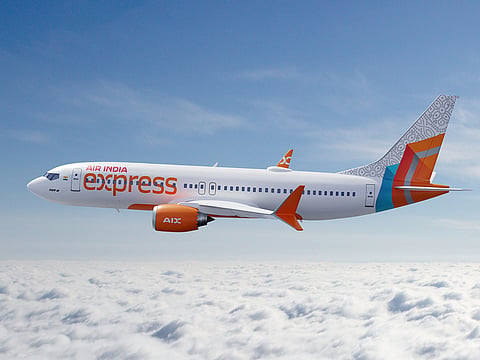Pakistan airspace ban might drive up fares, pushes Indian airlines to seek China routes
The ban on Indian aircraft using Pakistani airspace has been extended until December 24

Dubai: The ongoing diplomatic fallout between India and Pakistan is imposing a severe operational and financial burden on Indian airlines, with the impact increasingly being passed on to international travellers through higher fares and longer travel times. The Pakistan Airports Authority (PAA) confirmed on Thursday that the ban on Indian aircraft using Pakistani airspace has been extended until December 24.
The closure, in effect since late April, has forced airlines to reroute more than 800 weekly flights, especially those from North India to Western destinations, Central Asia, and North America.
For India’s primary international carrier, the financial strain has intensified significantly. According to the reports, the documents submitted to the Indian government show a sharp decline in profitability. Rerouting around Pakistan has pushed fuel costs up by as much as 29 percent on select long-haul routes. The airline now expects an annual profit-before-tax impact of around $455 million surpassing its reported fiscal 2024–25 loss of $439 million.
With journey times extended by up to three hours, several long-haul routes, including Mumbai and Bengaluru to San Francisco, are becoming commercially unviable. The carrier has already suspended its Delhi–Washington DC service. These pressures, combined with requests for temporary government subsidies and unresolved legacy tax liabilities amounting to $725 million, have deepened the financial crisis.
Passengers are feeling the consequences directly. Airfare increases appear unavoidable as airlines try to absorb the additional fuel and operational costs, with projections suggesting international ticket prices could rise by 35 to 40 percent on key routes. Foreign carriers, still allowed to overfly Pakistan, are benefiting from the situation by offering faster and more efficient connections.
Mutliple travel websites note a growing shift among passengers toward these international airlines to avoid extended travel times. To manage the higher fuel burn associated with longer routes, Indian airlines have also reduced passenger and cargo capacity by up to 15 percent on services such as New York and Vancouver to Delhi, further limiting non-stop travel options.
In a move aimed at restoring operational efficiency, India’s major carrier has formally asked the government to engage China diplomatically for access to a restricted military air corridor over the Xinjiang region. The proposed Hotan route could help bypass the long southern detour, potentially reducing weekly losses by an estimated $1.13 million and cutting travel times to Europe, North America, and parts of Asia. However, the request carries major geopolitical and safety concerns. The targeted airspace lies over some of the world’s highest mountain ranges.
With no access to direct air corridors in South Asia and little sign of a diplomatic breakthrough, Indian travellers continue to face more expensive and lengthier international journeys, with uncertainty over when the disruption will end.
Sign up for the Daily Briefing
Get the latest news and updates straight to your inbox



